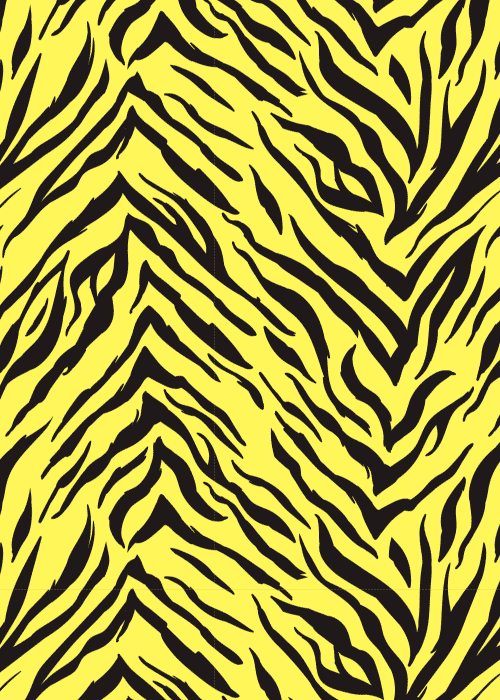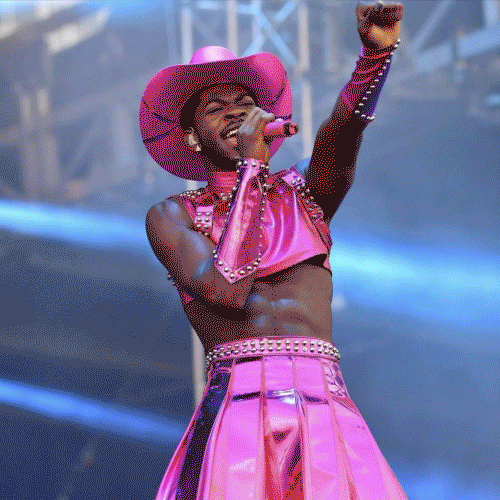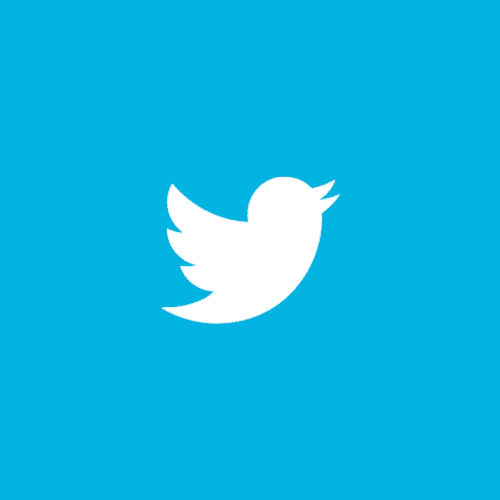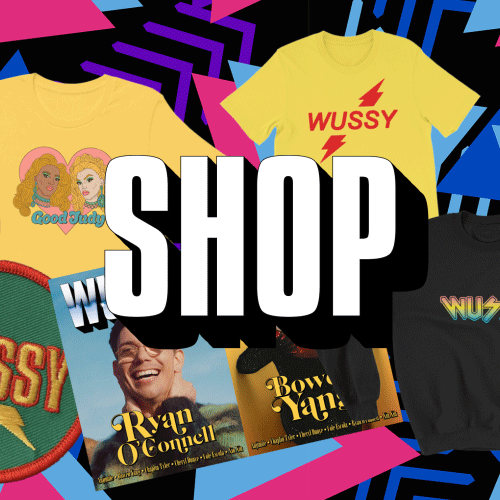Maxi Glamour on Dragula, breaking stereotypes, and fighting for diverse lineups
PHOTO: ADAM OUAHMANE (@ADAMOUAHMANE)
“I remember as a kid wearing makeup and putting on tribal paint and costumes,” said drag artist Maxi Glamour. “I feel like I was born to do drag.”
Glamour’s first drag performance was at a 2009 amateur show in St. Louis.
On Dragula
Almost a decade later, Glamour tried out for Dragula because they knew they wouldn’t be expected to change who they are.
“There were times to make sure I was a good role model,” Glamour said. “I wanted to be kind and do my art. If they like it they like it, if they don't that’s okay.”
In the very first episode of the show, Glamour found themself in an extermination challenge, the winner of which gets to remain on the show. The Boulets’ opened the season by letting the contestants and viewers know they simply weren’t fucking around. So, for the first elimination challenge, Glamour had to jump out of an airplane.
“I felt like I was playing fallout - a game where you fall from the sky,” Glamour said. “It was really cool, being in the clouds and seeing the mountains peek through the tops of the clouds. I was disconnected from reality to an extent, my emotions were so high. I was separating myself from my fears, [thinking], It doesn't matter if I go home, I might die,” Glamour said chuckling.
“I told people the only thing I wouldn’t do was eat dead animals, [that I] only won't do challenges I felt were morally wrong,” Glamour said. I wouldn't have done the second challenge, its very punk rock, but I [only] cheat on cookies, Baklava, and dick. I’m vegan.”
In the second extermination challenge, the contestants had to drink cows blood and eat raw cow flesh and organs.
On stage
Glamour still resides in St. Louis and regularly performs in Chicago.
“I like doing acts that push boundaries, tell stories, separates from reality, and [allows the audience to] disconnect from their current position and look at life through allegory,” Glamour said. “I do acts where I’m twirling upside down 10-15 feet in the air, acts where I get completely naked and paint my genitals green. In one act, a politician [played by another performer] summoned a demon, played by me, to create wrath. I couldn’t do it because I wasn't as evil as the politician.”
Glamour may be at home on the stage now, but coming into the scene wasn’t easy.
“I’ve kinda carved my own place in my local scene,” Glamour said. “I wasn't welcome in most circles... As a black performer, I was expected to do Beyonce or Rihanna. Some circles think black drag is supposed to by hyper-feminine with curves and I think that's fab … [but] I'm not a boy or girl, I’m just Maxi. [Being] Non Binary, I wasn't what people would expect as a stereotypical black drag queen... Drag is filled with privilege... I think my drag is reactionary to that. [Queens should ask:] ‘is this drag valid because it transcends what I think it should be?’”
Glamour said they never really liked to wear pads, and they point out the problematic nature of suggesting that to be feminine is to be curvaceous, and suggesting that for drag to be valid, a performer must wear pads.
PHOTO: ADAM OUAHMANE (@ADAMOUAHMANE)
On Diverse Lineups
Glamour’s shows are diverse, making sure to include people of color, trans folk, and AFAB people.
“I think we forget to book cis white drag queens, but they’re already getting coin so it’s ok,” Glamour said jokingly.
Not all shows are so committed to diversity, though. Glamour explained that some producers think that since they booked an AFAB or non-binary performer one week, they met their quota and feel no need to the next week.
Glamour believes people need to be able to see their own privilege in order for the drag scene to become more open to trans people.
“There is a social dichotomy of young radical queers and older producers,” Glamour said. ... “I do think a lot of gay culture is neoliberal and centrist, ran by moderate white cis gays. That’s the hierarchy of the power structure… There can be an age gap, where older queens might not understand new language and identities and understand how they are complicit in oppression without it sounding like a personal attack.”
Glamour started the hashtag “where are the black folk” to challenge producers’ lack of diversity in casting and points out that combatting oppression is an ongoing and multi-faceted process. While there is still a much-needed change in the drag scene to reflect performers other than cis men, Glamour recognizes that progress has been made and is currently being made.
“Language evolves, subgroups come together and use these words,” Glamour said. “Through language people understand ideas and talk about them freely… Now we have non-binary people on TV and in Teen Vogue, when I was growing up they would barely talk about being gay.”
As the popularity of drag increases and performers like Glamour fight for platforms on stages around the world, it’s up to the clubs, the TV shows, and the community to open those stages to something different. The versatility of Glamour’s work has shown that once a community accepts a performer for who they are, there’s no stopping them.
—
Luke Gardner is a radical journalist and student who lives in metro Atlanta. To see his work or for contact information click here.
Archive
- February 2025
- November 2024
- October 2024
- September 2024
- August 2024
- July 2024
- June 2024
- May 2024
- April 2024
- October 2023
- July 2023
- June 2023
- May 2023
- April 2023
- March 2023
- February 2023
- June 2022
- April 2022
- March 2022
- January 2022
- December 2021
- October 2021
- September 2021
- August 2021
- July 2021
- June 2021
- May 2021
- April 2021
- March 2021
- February 2021
- January 2021
- December 2020
- October 2020
- September 2020
- August 2020
- July 2020
- June 2020
- May 2020
- April 2020
- March 2020
- February 2020
- January 2020
- December 2019
- November 2019
- October 2019
- September 2019
- August 2019
- July 2019
- June 2019
- May 2019
- April 2019
- March 2019
- February 2019
- January 2019
- December 2018
- November 2018
- October 2018
- September 2018
- August 2018
- July 2018
- June 2018
- May 2018
- April 2018
- March 2018
- February 2018
- January 2018
- December 2017
- November 2017
- October 2017
- September 2017
- August 2017
- July 2017
- June 2017
- May 2017
- April 2017
- March 2017
- February 2017
- January 2017
- December 2015
- November 2015
- October 2015
- September 2015
- August 2015
- July 2015
- June 2015
- May 2015
- April 2015









